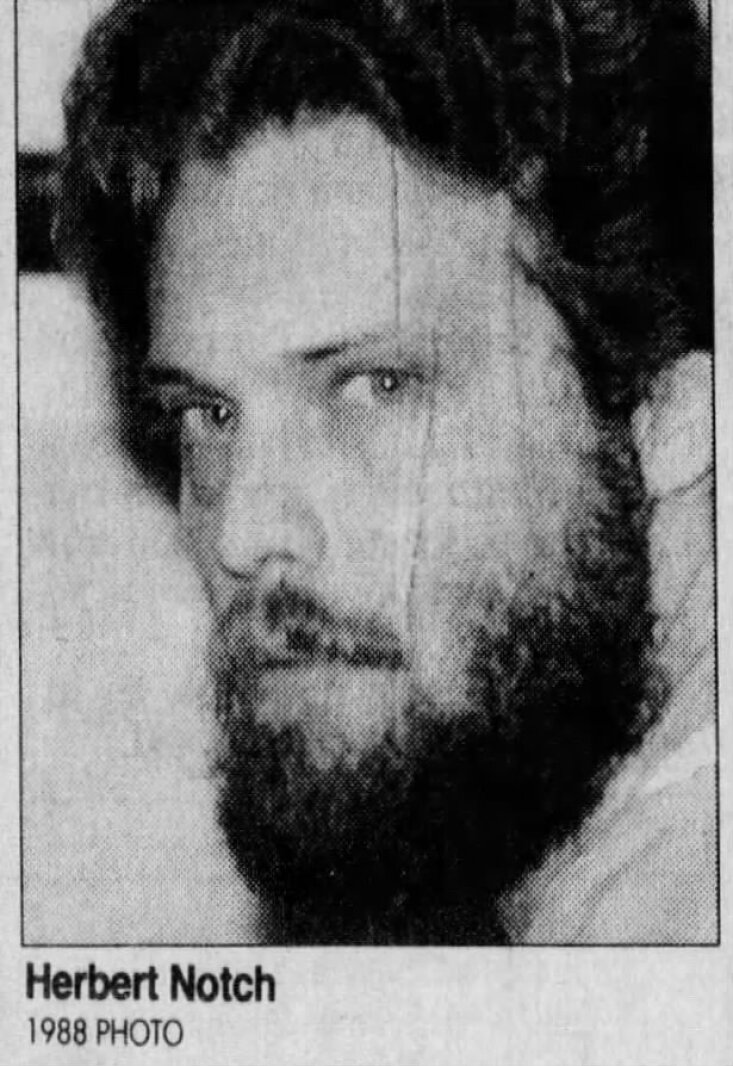Cold Case Breakthrough: DNA Tech Could Link Notorious Criminal to 1974 St. Cloud Sisters' Murders

A decades-old cold case in central Minnesota is heating up thanks to advancements in DNA technology. Evidence collected from the 1974 murders of two St. Cloud sisters is currently undergoing rigorous new analysis. The potential outcome? A significant addition to the already extensive criminal record of Herbert Notch, a man once considered the region's most notorious criminal.
The sisters, whose identities are being withheld pending notification of family, were tragically found murdered in their St. Cloud home in 1974. The case quickly gripped the community, but despite a thorough initial investigation, the perpetrator remained elusive. The original investigation yielded physical evidence, which was carefully preserved, hoping for future breakthroughs.
Now, with the advent of more sophisticated DNA analysis techniques – far beyond what was available in the 1970s – authorities are revisiting the evidence. These advanced methods can extract and analyze DNA from incredibly small samples, even those degraded over time. This represents a crucial turning point in the case, offering a new avenue for identifying a potential suspect.
The focus of this renewed scrutiny is Herbert Notch. Notch's name is synonymous with criminal activity in central Minnesota. He boasts a long and complex history of convictions, ranging from theft and assault to more serious offenses. His notoriety stems not only from the frequency of his crimes but also from their brazen nature and the impact they had on the community. Law enforcement has long suspected his involvement in various unsolved cases, and this current development offers a renewed opportunity to explore that possibility.
“This is a testament to the power of perseverance and the advancements in forensic science,” stated a spokesperson for the St. Cloud Police Department. “We never give up on these cases. Every new technology we acquire, every new technique we learn, brings us closer to justice for the victims and their families.”
The process of comparing the DNA profile extracted from the evidence against Notch’s DNA is complex and will require meticulous analysis. Results are expected in the coming weeks, and authorities are preparing for a range of possible outcomes. While they remain cautiously optimistic, they emphasize that the investigation is ongoing and that further steps may be necessary, regardless of the initial findings.
The potential implications of this DNA analysis are far-reaching. If a match is confirmed, it could finally bring closure to the families of the victims and add a significant chapter to Herbert Notch’s already infamous criminal history. It also underscores the importance of preserving physical evidence, even in cases that appear cold and forgotten, as advancements in technology can often breathe new life into investigations and bring long-awaited justice.
This case serves as a powerful reminder that justice, though delayed, is not always denied. The dedication of law enforcement and the ongoing evolution of forensic science offer hope for solving even the most challenging of cold cases.






